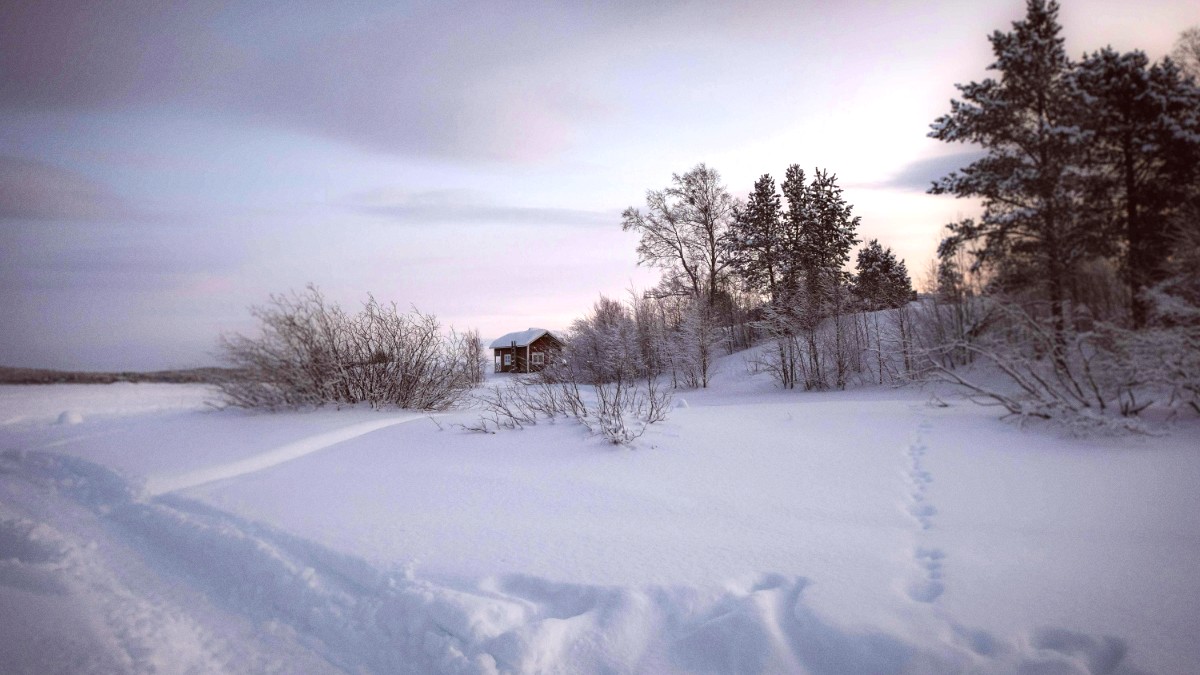
Lapland, Finland
No specific vaccinations are a requirement for entry to Finland. Routine vaccinations (MMR, DTaP, polio) must be up-to-date. Tick-borne encephalitis (TBE) is a recommendation if you plan outdoor time in forested areas, especially from spring to autumn. Hepatitis A and B are standard travel recommendations.
Finland has high-quality public healthcare. Tourists can access private clinics. EU/EEA citizens with an EHIC receive care at the same cost as Finnish residents. Others are charged. The nearest hospital with comprehensive services is in Ivalo (Ivalo Health Centre). Pharmacies are available. Finland's emergency number is 112 for all emergencies (police, ambulance, fire).
Tap water in Finland is safe and of excellent quality. Food safety standards are very high; eating out is generally safe.
Extremely Low
Finland maintains one of the lowest crime rates globally. Lapland, including Inari, is exceptionally safe. Violent crime against tourists is very rare.
Environmental factors (cold, wilderness navigation) pose bigger risks than criminal activity.
Low Risk
Finland typically avoids major natural disasters. Seasonal hazards are the main concern.
Extreme cold, blizzards causing travel disruptions, and wildlife (reindeer, moose) on roads, specifically at dawn/dusk.
Highly Advised
Insurance should cover medical emergencies, medical evacuation, trip cancellation, and lost luggage. Ensure coverage for winter sports.
A policy covering winter sports or other planned activities is a wise choice.
Emergency Number (Police, Ambulance, Fire): 112 (nationwide). Local Police: Inari Police Station, Sairaalantie 1, 99800 Ivalo (nearest main station, small police presence in Inari village).
Keep contact details for your country's embassy or consulate in Helsinki. Have your travel insurance policy number and emergency contact details accessible. For organized tours, know your tour operator's emergency number.
State your location clearly. If no Finnish, state "English" slowly.
Give full information on the emergency.
Remain calm and follow instructions.
World Nomads offers policies for adventurous travelers: World Nomads.
For remote teams, explore SafetyWing.
Packing smart for Inari means preparing for its diverse climate and activities. Proper clothing ensures comfort and safety in all seasons.
Dress in layers. This approach manages body temperature effectively in extreme cold.
Lightweight and breathable materials are important for warmer days and long daylight hours.
Footwear with good grip is important for both winter and summer.